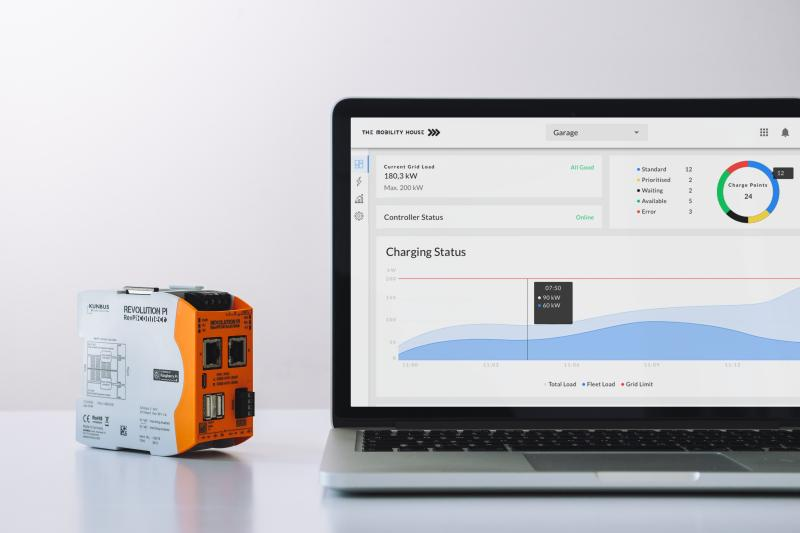A bidirectional charging investment in a German company helps make electric cars even better for the environment
Everything started with a sudden thought Thomas Raffeiner had in 2009. The German engineer was looking at the huge period of time electric vehicles spend simply parked, unused for hours. Why not transform something inert into something useful? he thought. Something capable of accelerating the energy transition?
A decade later Raffeiner is chief executive of The Mobility House, a Munich-based company whose technology allows the use of electricity from parked electric vehicles to be fed into the electrical grid or used to power homes. This so-called “bidirectional charging” is viewed as an important step in the transition to renewable energy.
"Our charging and energy management system helps minimise grid expansion costs by up to 70%, stabilising the power supply and improving the CO2 balance of an electric car by almost double,” says Raffeiner. “We want to create a zero-emission future, and bidirectional charging is a good way to reach this goal."
There are more than two million e-vehicles in Europe, of which 560 000 were registered in 2019. Despite the coronavirus pandemic, the demand for green solutions is rapidly increasing in Europe, with sales of e-vehicles up 81.7% in the first quarter of 2020. That’s second only to China when it comes to e-mobility.
Bidirectional charging investment boosts ChargePilot
The Mobility House’s technology supports the rollout of electric vehicles along with their cost-effective integration into the power grid in Europe through bidirectional charging. It’s split between Vehicle-to-Grid (V2G) and Vehicle-to-Home (V2H) applications.
The company’s charging and energy management technology, ChargePilot, is based on an open interface architecture which allows the remote and intelligent control of charging processes, according to the grid’s needs. The software monitors electricity peaks and off-peak hours, giving ChargePilot users the opportunity to decide whether and when to charge or discharge their batteries, depending on the demand for energy.
Excess generated power can be returned to the grid, optimising charging costs and grid performance. Even parked e-vehicles would have a role in this electrification revolution, since they would act as temporary energy storage devices.
The Mobility House has proven that it is even possible to brew your own coffee with green energy derived from a parked e-vehicle’s battery.

Bidirectional charging investment part of move to climate innovation
The European Investment Bank financed ChargePilot with a €15 million loan in August. The Mobility House’s project falls under the EU’s research and innovation programme Horizon 2020.
“The environmental challenges we face can lead to the development of cutting-edge technologies and new business models,” says Marc Agrain, the EIB investment officer who worked on the loan. “Thanks to thematic finance envelopes such as the InnovFin Energy Demonstration Projects facility or the CEF Future Mobility programme, the EIB, as Europe’s climate bank, has the right tools to support innovative companies like The Mobility House.”
